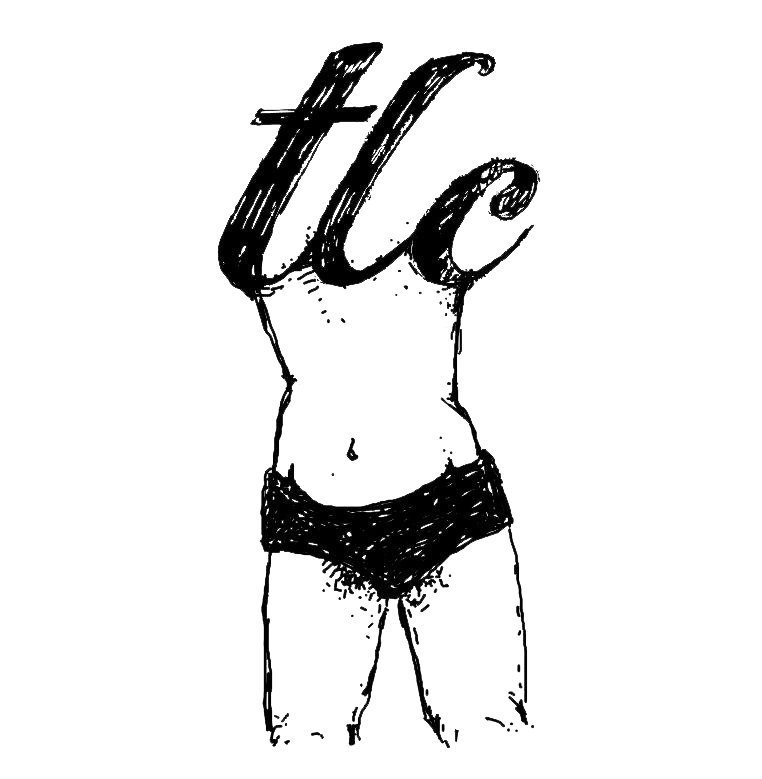Have you ever been called black like coal/a crow/something burnt? I have. It is pretty standard for most kids who are dark-skinned and part of the Indian diaspora.
Teasing from peers, un-asked for comments on how attractive I am (not) and unsolicited warnings to stay out of the sun: this was my ground reality growing up. In addition to making me feel undesirable, the taunts and the ‘lessons’ ensured that a skewed idea of beauty was formed in my mind early on; fair = beautiful and perfect, while dark = ugly and irrevocably flawed and unwanted.
 Ladies Note: We don’t know who thought little J was anything but adorable!
Ladies Note: We don’t know who thought little J was anything but adorable!In a country filled with predominantly darker-skinned, isn’t it amazing that an ideal beauty is the opposite of that? I lived outside of India but went to a predominantly Indian school so experienced the full brunt of it.
I was 17 when I moved to the USA. When an American classmate told me that he loved my complexion and that I was beautiful, I just stared at him in disbelief. Only a teenager, I’d already internalised the negativity about my countenance. For the next five to seven years, all compliments to me were met with surprise, and I attributed them to the complimentors “being nice.” Till the States, only my parents had ever called me beautiful. And, you know they don’t count, right? They were my parents!
Despite their regular reassurance that being darker-skinned was beautiful, and beauty was a sum of many parts, I thought about the alternative endlessly. All my teenage romantic fantasies (this was about 60% of my teen time) I was lighter skinned, desirable and looked nothing like myself. It was pretty much a non-stop obsession because being fair = being beautiful = being liked = being popular = being loved.


It was a decade before – with the help of a diverse group of people, no small amount of soul-searching, exposure to an environment of contradictions and acceptance – I took a hard look at the stories I’d been telling myself. To be honest, I didn’t get the courage to change my internal narrative till pop culture began changing to fit me in. Whether it was watching Nandita Das in Earth 1947 the film, or rediscovering the beauty of the black and brown skinned people with whom I grew up. And, in the interest of honesty, months of therapy helped me take a kinder, softer view of myself (it was more than the colour of my skin that plagued me).
There has been a change in our society over the past decade or so. People are developing a broader, more inclusive description of beauty. But, the taunts and teasing for girls (and guys) like me isn’t yet a thing of the past. Stereotypes of fair skin depicting real beauty still exist.
The depiction of fair skin as the ideal of beauty is rampant from ads for most consumer goods to Indian movies and music. I can’t get over the recent white-out that’s becoming a trend for Bollywood supporting dancers.


It makes me a little sad, to be honest. The skin care products like Fair and Lovely’ and ‘Fair and Handsome’ that perpetuate and profit from the bias against dark skin are Frankenstein’s monsters of our creation, of our constant consumption of stereotypes on television or films.
I think everyone has a unique beauty. The ivory skinned or people as black as coal, people come in all shapes, sizes and shades, and all of them are gorgeous.
In the recent years, the Indian runways have upped their game. Dusky women are no longer an exception and more of a mainstay.
Thank you, gorgeous Lakshmi Menon (the queen bee!), Archana Akhil Kumar, Preeti Dhata, Nikita Sahay, Rachel Bayros, Surelee Joseph, Radhika Nair, Pooja Mor and so many women.
























Leave a Reply